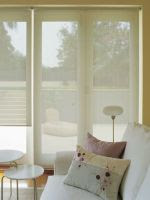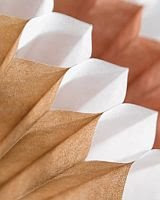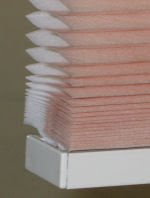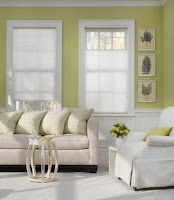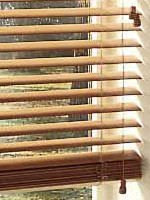
Q: I just bought a new home and there are lots of arched and angled windows. I want to put some sort of shade on these, but I don't know my options. Can you help?
A: Of course! If you want a more traditional look, there are wooden arches that let you angle the slats to let in more light if you want. They also come in fixed forms, too, where the slats can't be moved. Otherwise, if you want a more contemporary look, lots of companies have put out shades that fit all sorts of window shapes and sizes.
Cellular shades are among the most popular choice and you can match them to your other window treatments, too. I like the arched shades by Hunter Douglas because they can be moved up and down, giving you even more control over incoming light. Hunter Douglas also makes stationary cellular arched blinds that cannot be moved, but will still filter light depending on your choice of color and style.
